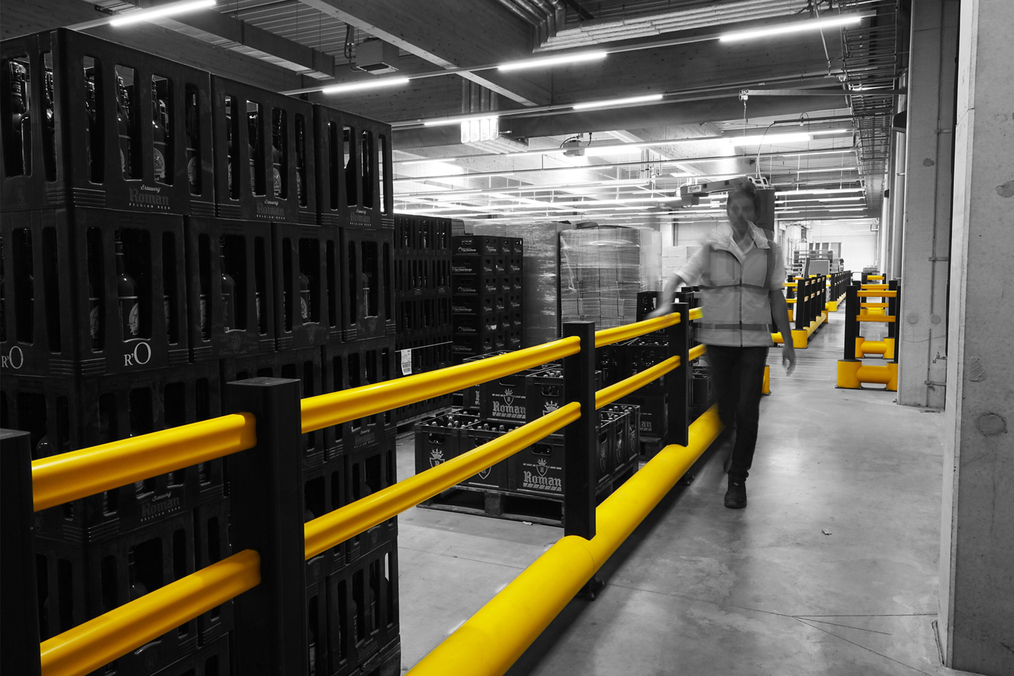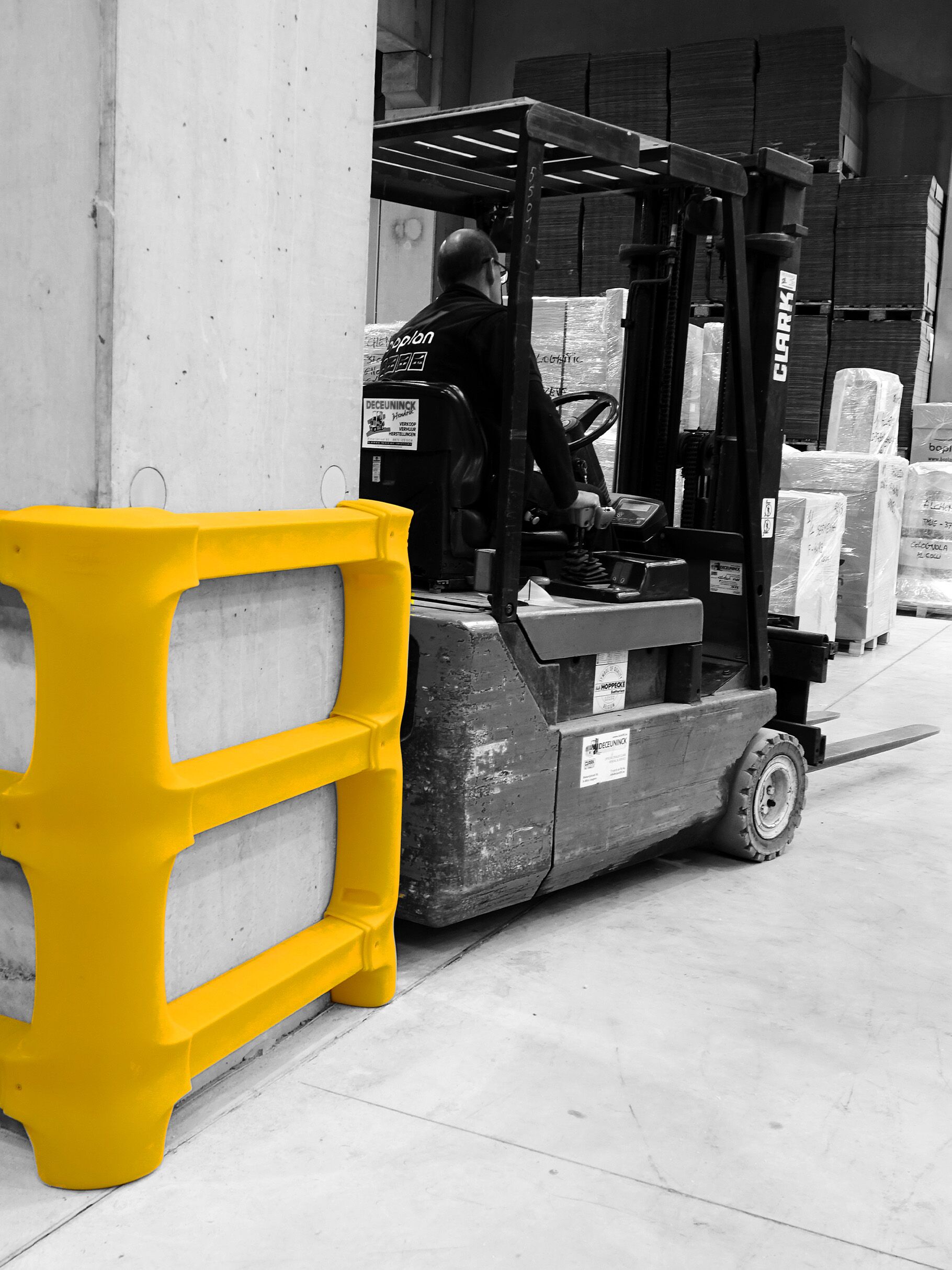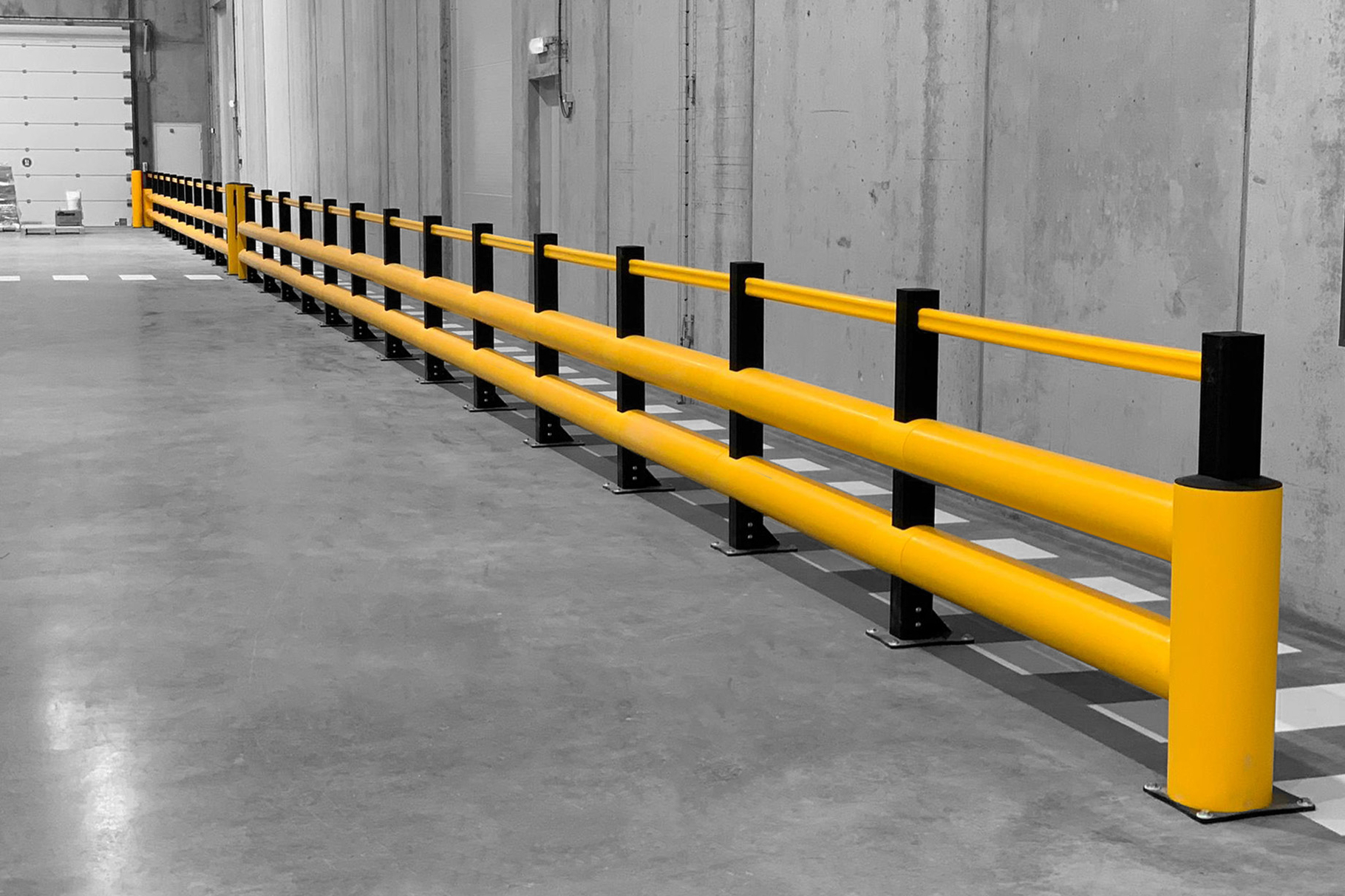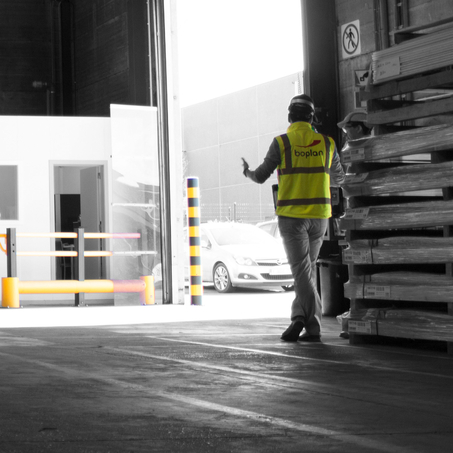How to perform a risk analysis based on the what-if method
A risk assessment is the first step towards ensuring a safe workplace. There are several ways to carry out a risk inventory and evaluation (RI&E) – or risk assessment for short. Below, we take a look at the what-if method, one of the simpler and faster ways to perform a risk assessment.

What if?
What is the what-if method?
The what-if method is a participatory strategy for identifying workplace hazards, so you can take suitable measures to ensure health and safety in the workplace. Think of it as a brainstorming session. You invite a group of employees to talk about potential hazards in the workplace. This group may consist of forklift drivers, logistics employees, and/or staff who work around forklifts in their jobs.
This method requires little preparation, but it likewise has little structure. To counteract this, you can break down the logistics process into various steps, before applying the what-if method to each one.
This gives you an overall picture of what types of protection are required on the shop floor. Experienced workers are better able to identify where, for example, a polymer safety barrier or column protection element should be installed.
- What if a forklift has to brake or swerve unexpectedly at location X or Y?
- What if a forklift tips over?
- What if the forklift operator makes an error in judgment at location X or Y?
- What if the forklift malfunctions during the loading process?
- What if an employee unexpectedly enters a hazardous area?
- What if a forklift loses its load while manoeuvering?
Questions like these should serve as the playbook for the brainstorming session.
What are the advantages of the what-if method?
The key advantage is that it requires little preparation, enabling it to be implemented very quickly. The only condition is that the group around the table should represent different disciplines to prevent the observations from being too one-sided.
What are the disadvantages of the what-if method?
The what-if method is not suitable for navigating complicated or complex work environments. To overcome this limitation, you can divide the work environment into sections and apply the method to each section individually.

After conducting a risk analysis, the next logical step is to create a traffic plan.
What needs to be done after a risk analysis?
In a traffic plan, you map out the traffic flows at your workplace and identify where the bottlenecks are located. For more information, read our tips on how to create a traffic plan.



